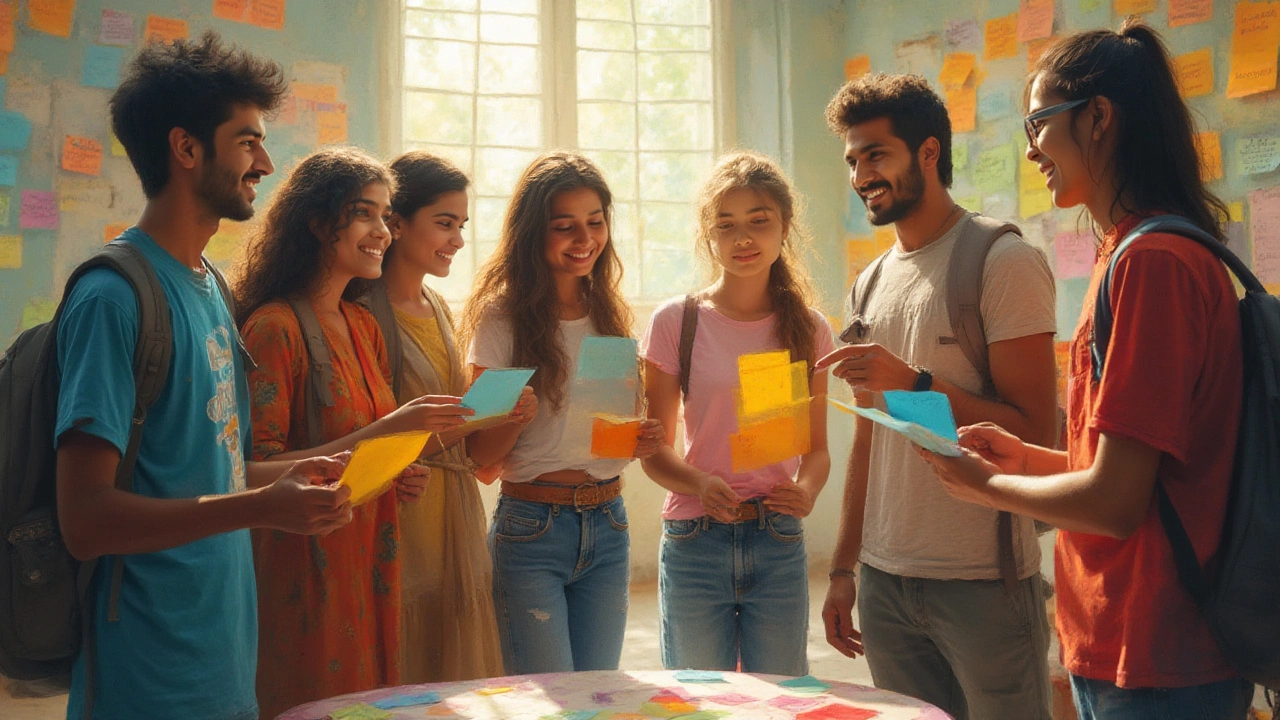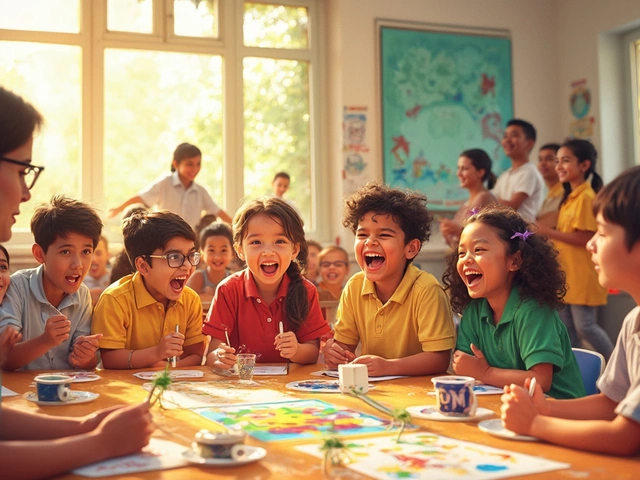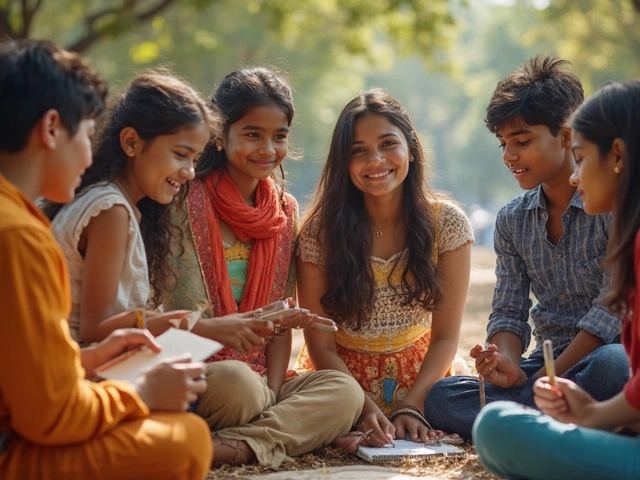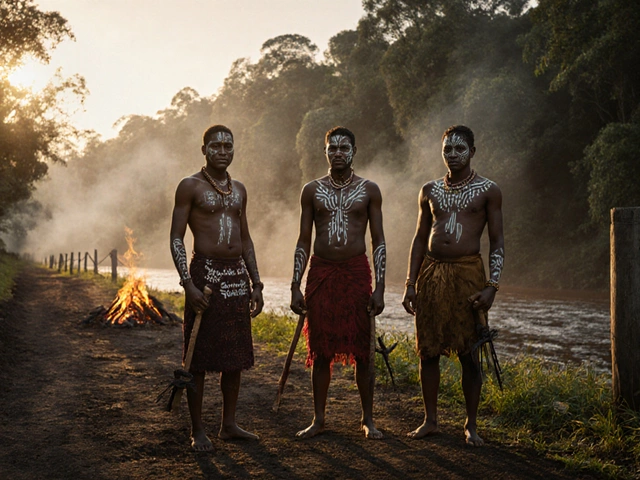You see them at city parks, organizing local art shows, rallying for clean-up days, and building friendships that sometimes last decades. Youth organisations aren’t a modern trend—they’ve been around for more than a century, quietly shaping the communities you live in and changing young lives in the process. Walk past any community center or school auditorium, and you’ll find teens and kids huddled in circles, practising speeches, prepping emergency kits, or brainstorming ways to make their neighborhoods kinder places. Think it’s just about keeping kids busy after school? There’s way more going on beneath the surface.
What Counts as a Youth Organisation?
Youth organisations come in so many flavors, it’d be impossible to list them all. You’ve probably heard of the big names—like Scouts, YMCA, Boys & Girls Clubs, 4-H, or Junior Achievement. But every town has their own smaller youth-led groups, with focuses ranging from drama and singing to coding, environmental projects, or mental health support. If a group’s core mission is giving young people opportunities to learn together, lead projects, or serve their community, it fits. Age-wise, members often range from as young as eight to people in their early twenties. The uniting factor? They focus on empowering the next generation outside the classroom, often with a heavy dose of fun.
What actually happens in these organisations? Think leadership training, conflict resolution workshops, global summits, and even travel abroad opportunities. According to the European Youth Forum, there are over 150,000 youth organisations just inside Europe, meaning there’s an incredible range—sports clubs, advocacy groups, faith-based communities, and creative collectives. Some are tightly structured, others are loose and peer-led. Many have annual traditions, like summer camps or skill-building retreats, that build lifelong memories.
Why do they exist at all? It started with filling gaps—kids needed safe places to grow, experiment, and discover their potential, especially if they weren’t finding it at home or in school. Along the way, adult mentors and passionate young leaders realized their projects helped build resilient, thoughtful citizens. And honestly, many of today’s best friendships are forged around shared challenges, wild ideas, and inside jokes at weekly youth meetings. If you’re picturing youth groups as bland after-school care, picture energetic, driven young people organizing climate protests, setting up peer tutoring programs, or shaping local culture with open mics and murals.
How They Empower Young People
Let’s get real for a second. Teens and young adults don’t always get a say in what happens around them. Youth organisations flip that script, giving members a chance to make decisions, try new things, and even fail without harsh consequences. That power is real. A study by America’s Promise Alliance found that students engaged in youth programs are 40% more likely to feel confident and purposeful about their futures. That’s a massive shift from just sitting through school lectures.
How’s this empowerment served up? For one, young members are put in leadership spots at every level—from planning snack menus to coordinating giant fundraisers. There’s a unique kind of courage that comes from pitching your idea to a room of your own peers (and maybe a few skeptical adults). They learn what it means to take initiative, voice concerns, and stick with challenges well past that first awkward try.
The skills picked up along the way are practical, too. Organisational skills aren’t just boring bullet points for your future resume—they help members feel less lost when facing adult life. Think budgeting, problem-solving, group communication, digital tools, and public speaking. In fact, Girl Scouts USA says that alumnae earn higher average salaries and are twice as likely to pursue business and entrepreneurship. Turns out, those badge-earning, project-planning days pay off in unexpected ways.
And yes, the network you find in a youth organisation sticks with you. Many say the most meaningful connections they’ve made didn’t happen at fancy conferences, but building a food pantry together in a draughty church basement or staying up all night hashing out ideas for a school-wide kindness campaign. These shared struggles and victories create deep trust and empathy most people crave.
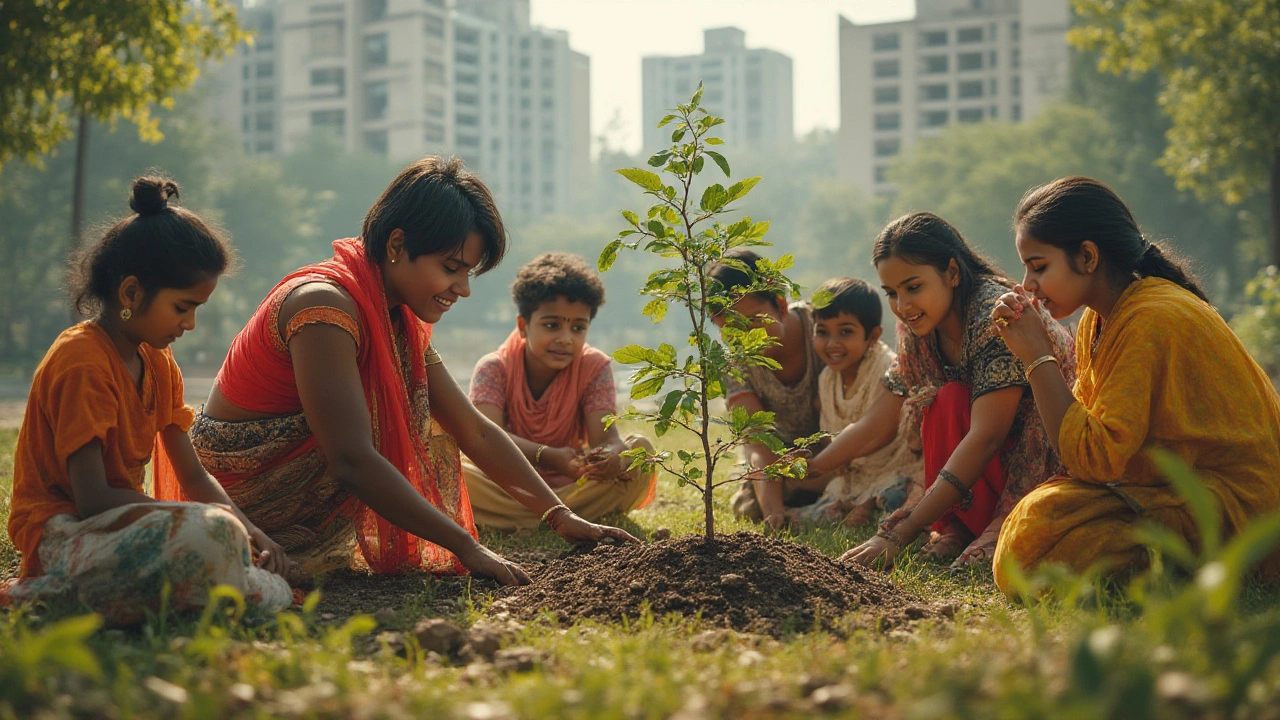
The Social Impact of Youth Organisations
Youth organisations aren’t content with cheering on change from the sidelines—they step up and get things moving. A 2023 UNICEF report shows that over 60% of youth organisations globally work directly on issues like climate change, hunger relief, local democracy, and mental health. It’s not just about teaching skills—it’s about turning values into action, giving young people a direct say in how their world takes shape.
Here’s some cool data from a 2024 survey (Youth Impact UK):
| Area of Impact | % of Youth Orgs Involved |
|---|---|
| Environmental Projects | 39% |
| Mental Health Campaigns | 27% |
| Local Government Advocacy | 19% |
| Arts and Culture Events | 45% |
| Educational Tutoring | 32% |
It’s not rare to find a 17-year-old championing a green schools initiative, or a middle schooler pitching in on a neighborhood mural. Kids aren’t just helping—they’re often leading. These efforts spill over, making neighborhoods safer, more inclusive, and just plain better for everyone. The benefits aren’t all one-way, either; communities who engage youth in local projects see up to 30% greater volunteer retention rates down the line, according to the Corporation for National and Community Service.
There’s another angle, too: preventing bad outcomes before they happen. Youth who have strong, meaningful activities outside strict academic tracks are less likely to engage in at-risk behavior. A 2022 CDC review found a direct link between quality youth engagement and lower rates of substance abuse, violence, and dropout rates. It isn’t about scaring kids straight—it’s about making sure they’re too busy, excited, and supported to go looking for trouble.
Famous Examples and What Makes Them Work
Ever wondered why some youth organisations seem to outlast trends, leadership changes, and even wars? The answer’s in the way they build purpose and trust. Look at 4-H in the US, founded in 1902 with just a few rural clubs. Over 6 million youth participate in hands-on “learning by doing,” everything from robotics to animal care, with an alumni network that includes astronauts, senators, and CEOs. Or Scouts (which began in the UK in 1907) now running in more than 200 countries—famous for outdoor adventures but just as strong in building values around service and teamwork.
YMCA isn’t just about the gym—it’s the world’s largest youth movement, reaching 64 million people. Their secret? Worldwide, YMCAs address what kids actually care about right now—from social justice to affordable swimming lessons. Similarly, Girl Guides and Girl Scouts span continents, teaching resilience, independence, and collective power in cultures as different as Japan and Ghana.
But don’t miss out on quirky, hyper-local efforts. In Kenya, the Mrembo Center trains teen girls on entrepreneurship and digital literacy. In Brazil, AfroReggae uses music to steer youth away from street violence into artistic careers. Stereotypes say youth need saving; these orgs prove they’re capable of doing the saving themselves given resources and space. Across all these examples, you find some themes: strong mentorship, real responsibility, a culture of inclusion, and the flexibility to adapt when members say “let’s try something new.”

How to Get Involved—Or Start Your Own
Youth organisations aren’t just for kids who seem “naturally” outgoing or have tons of free time. Shy, curious, anxious, bold, artsy, skeptical—whatever your vibe, there’s a group for you. Looking to join? Start with your school’s student council, check out after-school clubs, or hit up local rec centers and libraries. Don’t underestimate how lively a volunteer-based coding club or peer mentoring group can be if it matches your interests.
Thinking about starting your own? Grab two or three passionate friends, find a simple problem you’d love to tackle—maybe there’s litter on your walk to school or nobody’s organizing for mental health awareness in your area. Sketch a plan, pitch it to a trusted adult (teachers often say yes faster than you think), and start small. Digital platforms like Instagram or Discord are your best friend for building a group, especially if you’re remote. Many big organisations, like UNICEF or DoSomething.org, offer starter toolkits literally built for newbies.
Tips for surviving and thriving in a youth group: don’t take meetings too seriously, celebrate small wins (free pizza nights count), and remember disagreements are part of the process. It’s not a sign your project is doomed—it’s a sign people care. The bravest thing? Asking for help, whether it’s with planning, fundraising, or just rallying people. Most long-running youth groups say the only “secret” is consistent showing up—even if your first event flops, the experience is worth it.
And maybe the biggest hidden perk? Young people who’ve had even a single year in an active youth organisation are more likely to vote, mentor others, and give back as adults. That’s not just wishful thinking—multiple studies (including a 2022 report from Search Institute) say it’s the best predictor of future civic engagement. So, whether you’re looking for personal growth, a shortcut to new friends, or just a way to make your town a little bit better, don’t sleep on the power of youth organisations.
